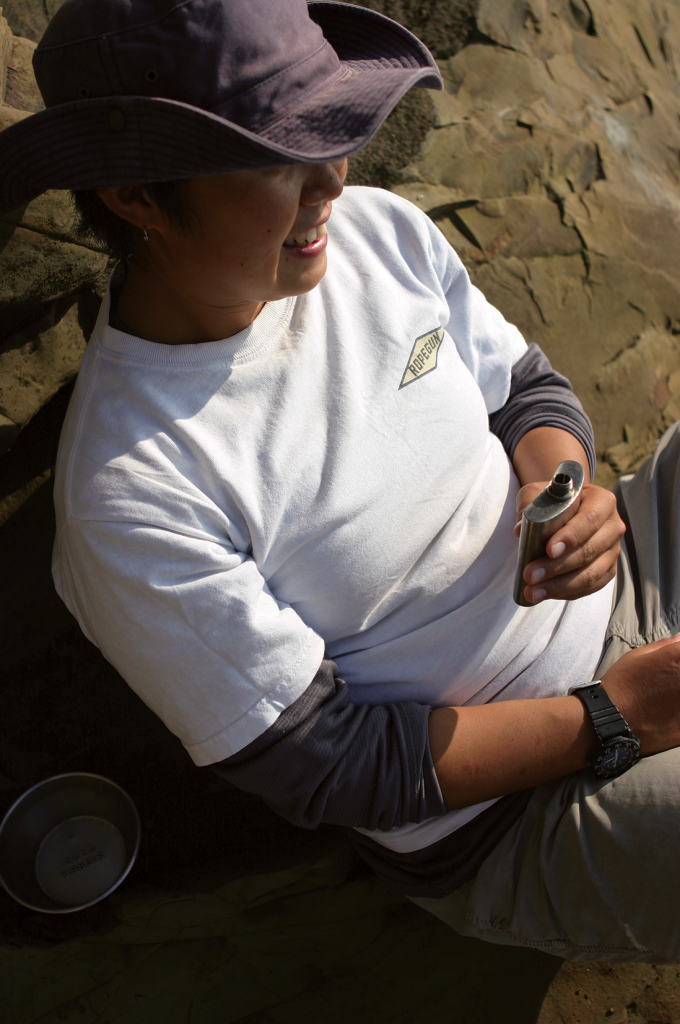
There are times when being deaf can lead to interesting discoveries. One of those instances occurred during a journey to a remote island in Okinawa. I had spent the majority of time paddling about in a sea kayak, when I suddenly felt the urge to explore what was under the boat.
I’d had some experience snorkeling but, in order to experience the world below much deeper and longer, I knew my lungs wouldn’t do the job, which brought me to scuba diving.
My first trip to the under the sea was exhilarating but surprising in that, while divers converse via written notes and hand gestures, my deaf friends and I were able to communicate just as naturally as if we were on land.
Those who were not deaf would write out something such as, “There’s a sea turtle!” during which time the turtle would have passed by. However, my deaf friends and I were able to converse smoothly, saying for example, “Check out the mouth on that fish by the mushroom-looking rock.”
To which the reply might be, “Huh? Oh, yeah! Those are some fat lips! Let’s check it out from the front.” Using our sign language underwater gave us a new perspective on how we communicate on land.
After exiting the water, the other divers (without hearing impairments) commented on the usefulness of sign language. Ms. “Y.,” a new diving guide still in training although quite nervous with regard to her guiding duties, made quite an effort practicing what she referred to as the “difficulties” of sign language. I’m sure she’s now busy chatting away underwater with all the tourists.
However, her perceptiveness led to the question, “Aren’t the signs for ‘manta’ and ‘butterfly’ the same?” Was she kidding?! Sure the signs are similar, but I doubt anyone will be confusing the two while underwater.





